
Paavo Tynell
Paavo Tynell (1890–1973) was a Finnish lighting designer renowned for his delicate, poetic approach to light and materials. Often referred to as “the man who illuminated Finland” Tynell played a central role in shaping modern Scandinavian lighting in the first half of the 20th century. His elegant, nature-inspired designs combined artisanal craftsmanship with industrial techniques, earning him an enduring legacy in both Finland and international design history.
Tynell was born in Helsinki and began his career as a sheet metal worker. He studied at the Central School of Applied Arts (Taideteollinen Keskuskoulu) in Helsinki, where he later also taught. In 1918, he co-founded Taito Oy, a company that specialized in decorative lighting and metalwork. Tynell served as its chief designer and artistic director for several decades, establishing it as Finland’s leading lighting firm during the interwar and postwar periods.
His early designs were grounded in classicism and art deco, but by the 1930s and 40s, his style evolved toward a softer, more organic modernism that reflected broader Nordic design movements. Tynell’s signature aesthetic involved finely perforated brass surfaces, conical or bell-shaped shades, slender brass stems, and whimsical motifs such as stars, snowflakes, and floral perforations.
Some of his most iconic works include:
- Model 9602 floor lamp – designed for the Hotel Aulanko in 1935, still in production today
- Pendant lamps and chandeliers for Helsinki’s Parliament House (Eduskuntatalo), completed in the early 1930s
- Custom lighting for Finland’s Pavilion at the 1939 New York World’s Fair, designed in collaboration with Alvar Aalto
- Numerous lamps for Skolt cabins, private residences, public buildings, and Finnish embassies abroad
Tynell frequently collaborated with leading Finnish architects such as Alvar Aalto, Aarne Ervi, and Eero Saarinen, and his lighting was often integrated into modernist interiors throughout Finland. He was particularly praised for his ability to harmonize light and architecture, creating both atmospheric and functional illumination.
In the 1940s and 50s, his work gained popularity in the United States, especially after World War II. Through Finnish design exhibitions and export efforts, Tynell’s lighting was sold by American companies like Lightolier, and his influence extended into luxury interiors across North America.
Tynell exhibited at several major international design fairs, including:
- The 1939 New York World's Fair, where Finnish design received significant international acclaim
- Triennale di Milano, where Finnish designers, including Tynell, received awards for excellence in applied arts
- Design exhibitions organized by the Finnish Association of Designers (ORNAMO) and Finnish Society of Crafts and Design (Suomen Taideteollisuusyhdistys)
Although he did not receive as many high-profile individual awards during his lifetime as some of his contemporaries, Tynell was widely respected within the design community. His legacy has grown significantly in the 21st century, with renewed scholarly interest and record-breaking results at design auctions. His lamps are now highly prized collectibles, and original models command high prices on the secondary market.
In recent years, his designs have been reissued by Finnish brand GUBI, introducing his work to new audiences while preserving his design language of elegance, lightness, and nature-inspired detail.
Paavo Tynell passed away in 1973, but his contributions continue to shape how light is understood as both a functional and emotional element in design. His works are held in the permanent collections of museums such as the Design Museum Helsinki and the Cooper Hewitt Smithsonian Design Museum in New York.

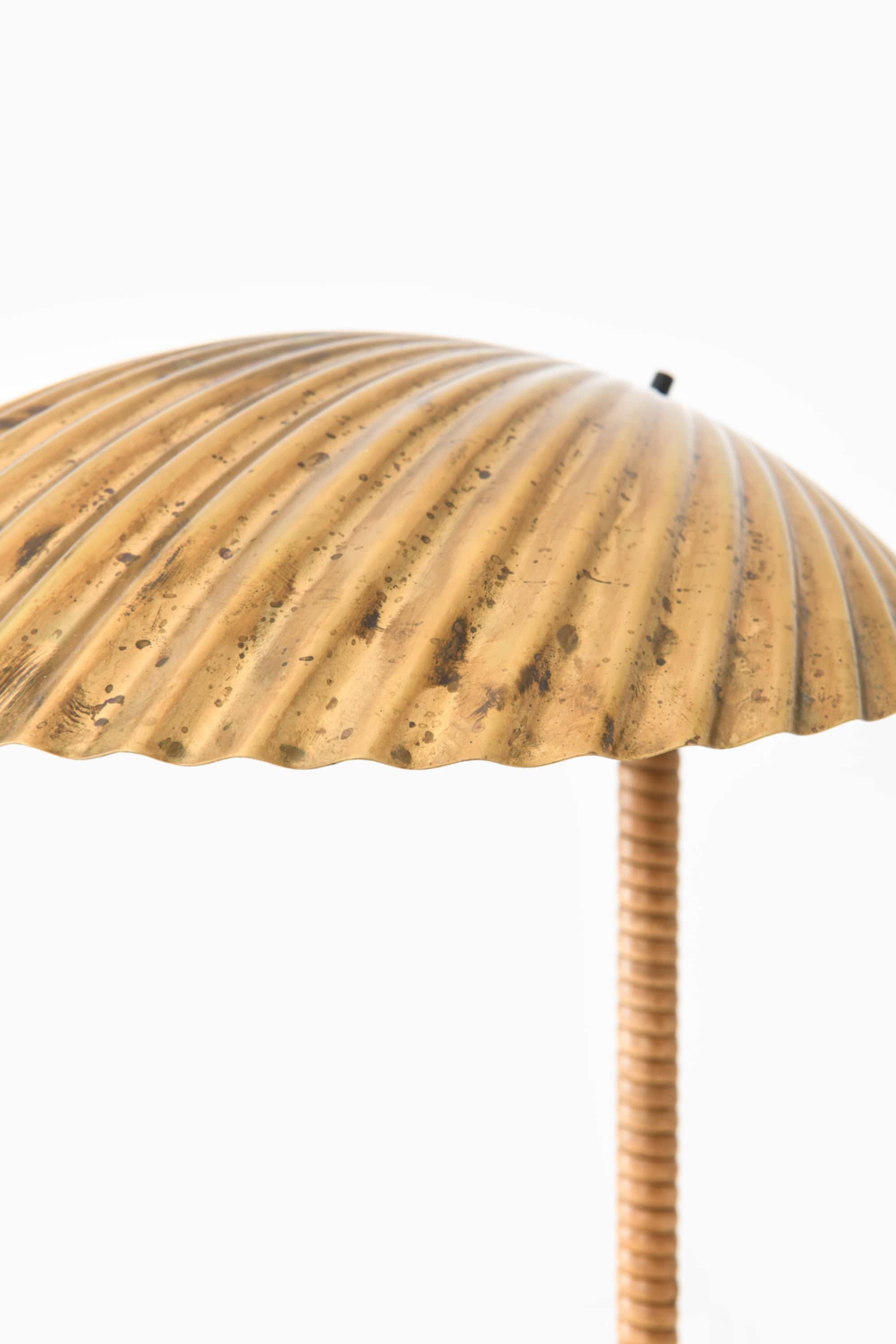
Paavo Tynell table lamp
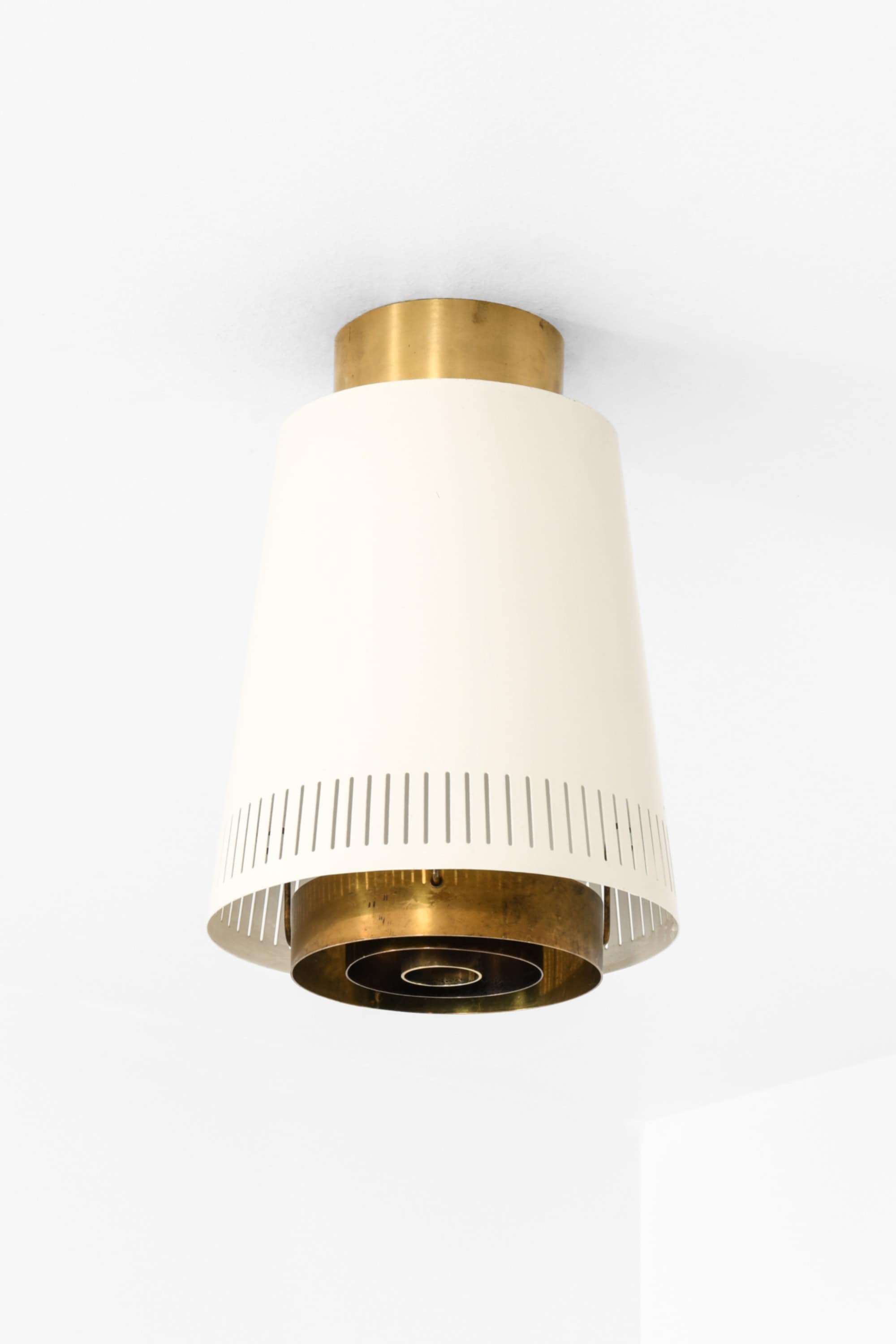
Paavo Tynell ceiling lamp
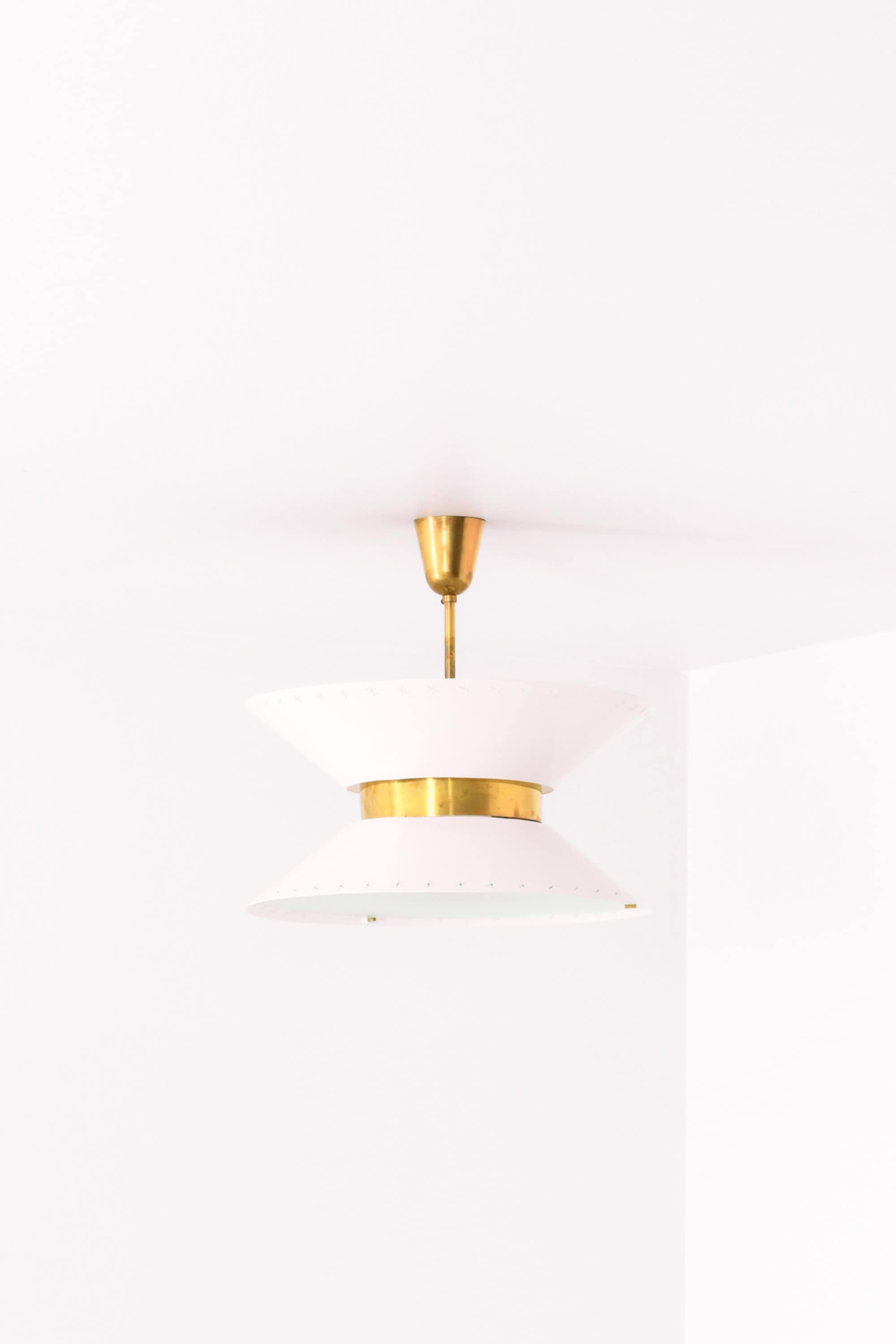
Paavo Tynell ceiling lamps
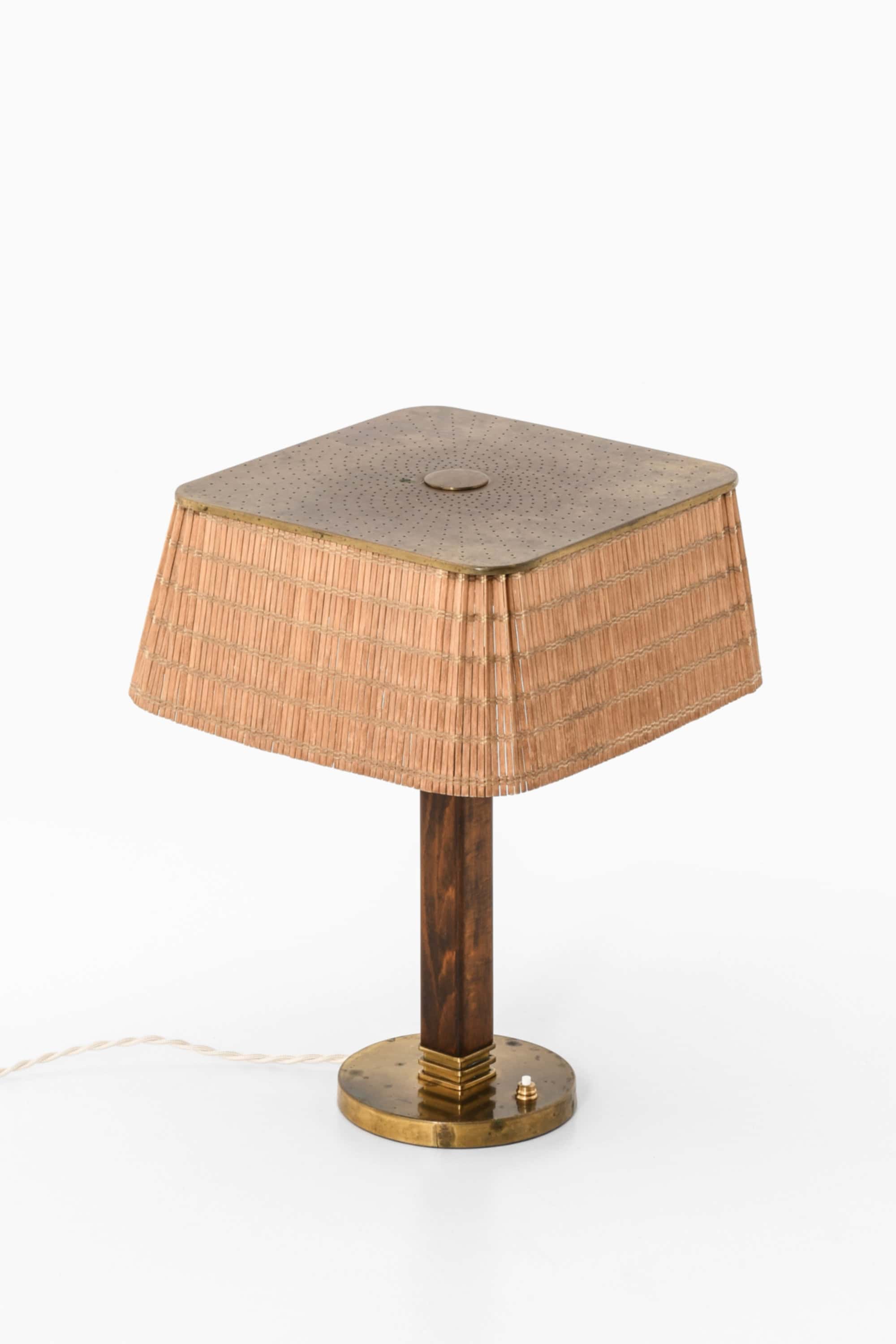
Paavo Tynell table lamp
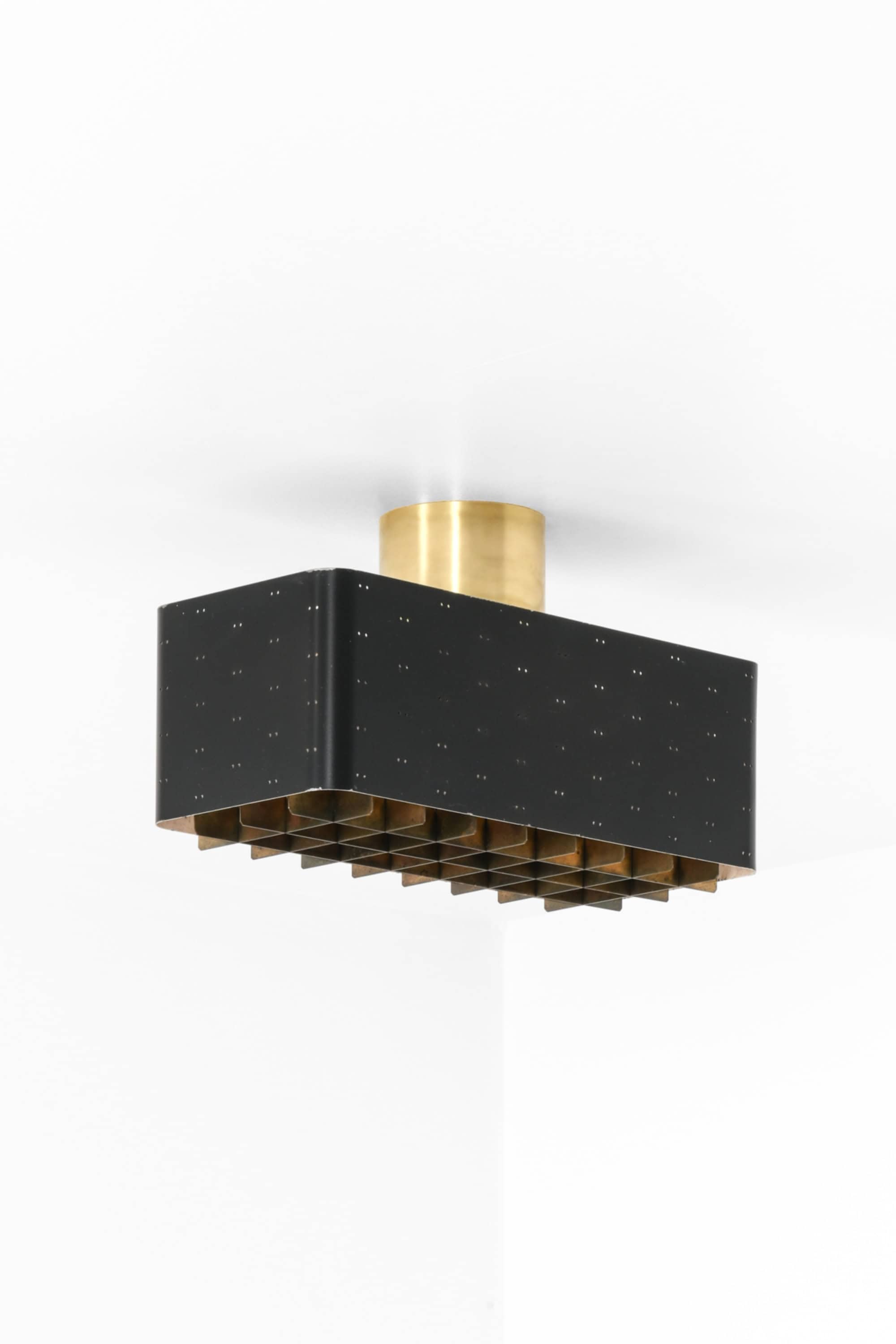
Paavo Tynell ceiling lamp
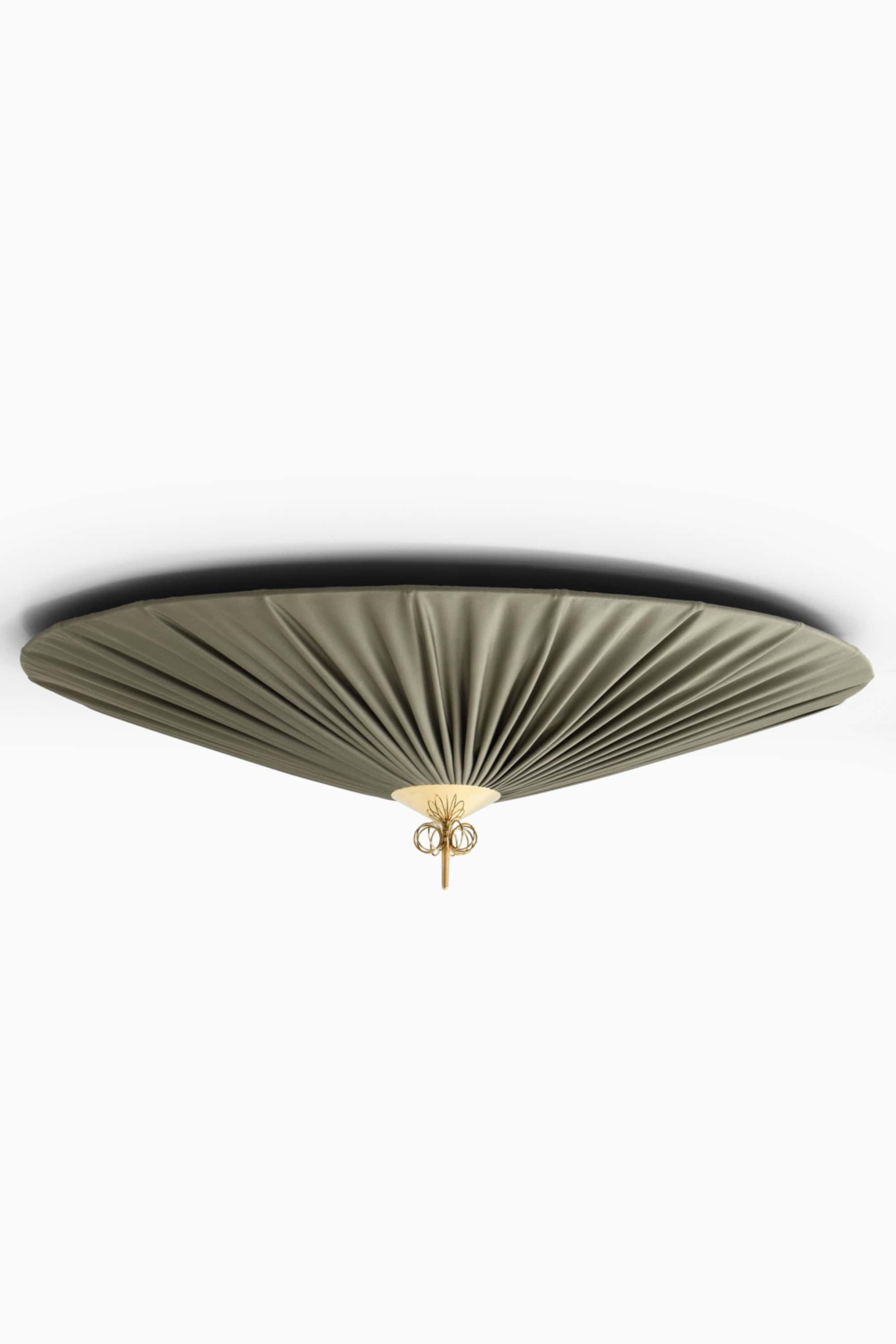
Paavo Tynell ceiling lamps
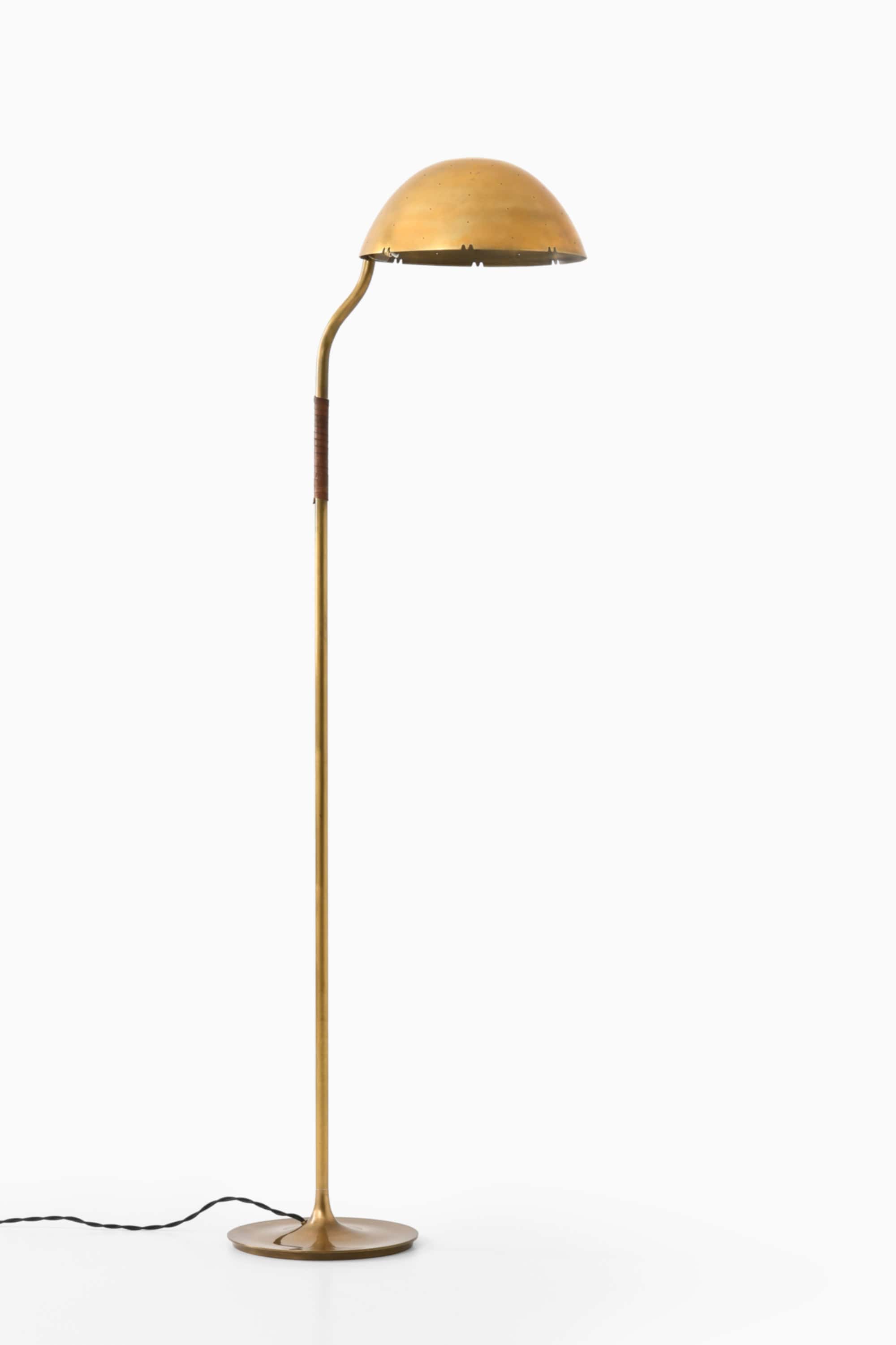
Paavo Tynell floor lamp
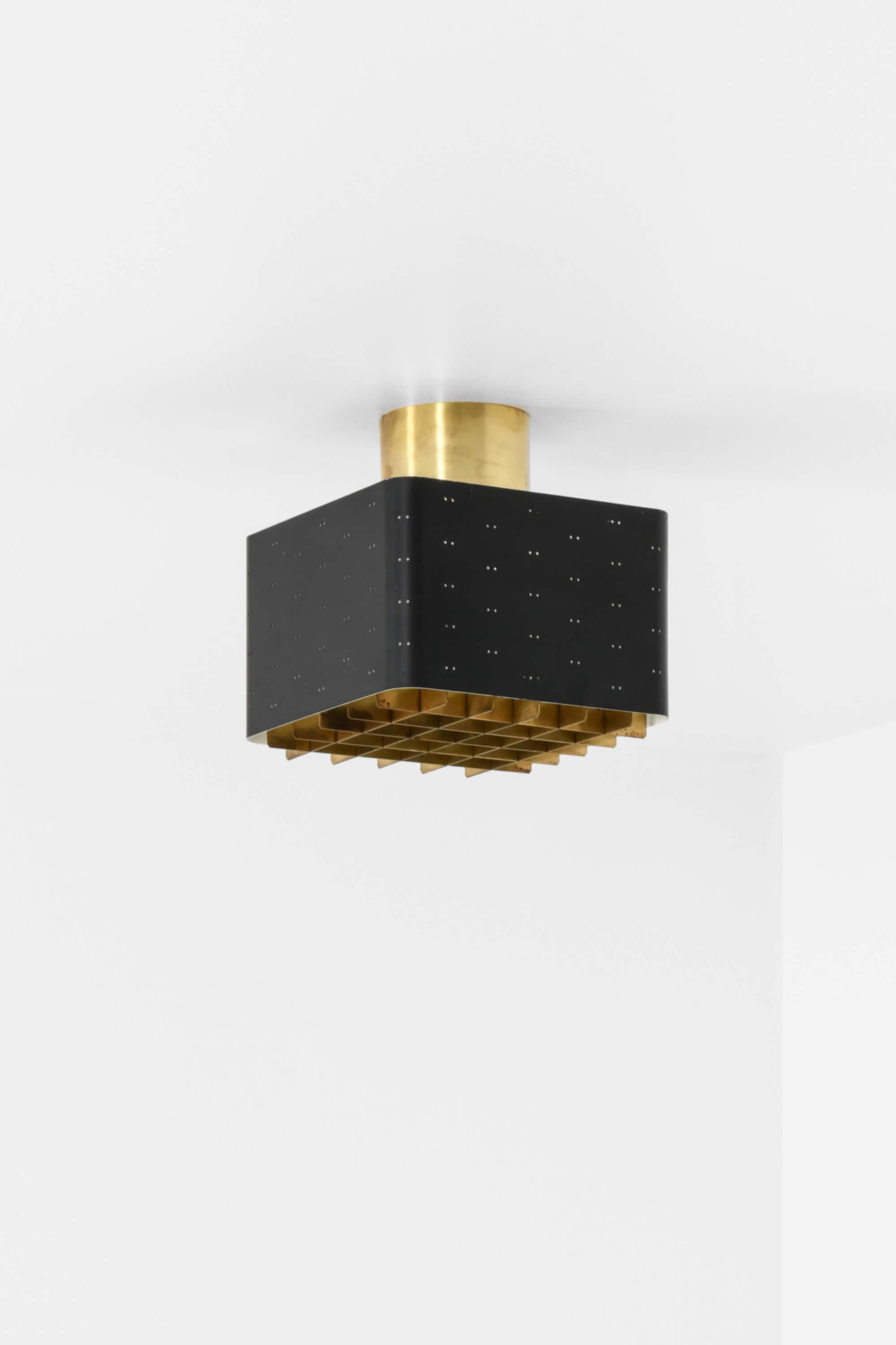
Paavo Tynell ceiling lamps
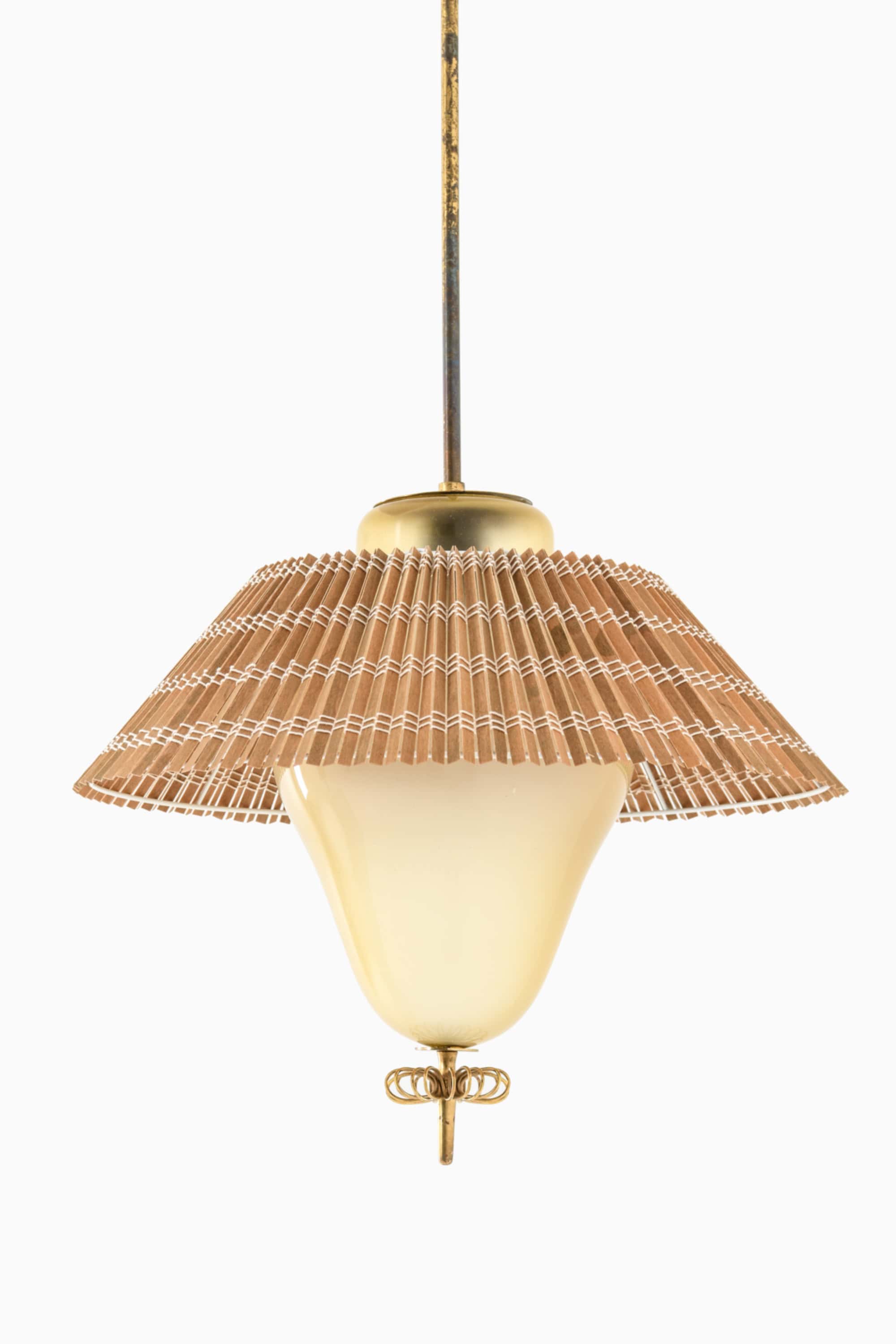
Paavo Tynell ceiling lamp
